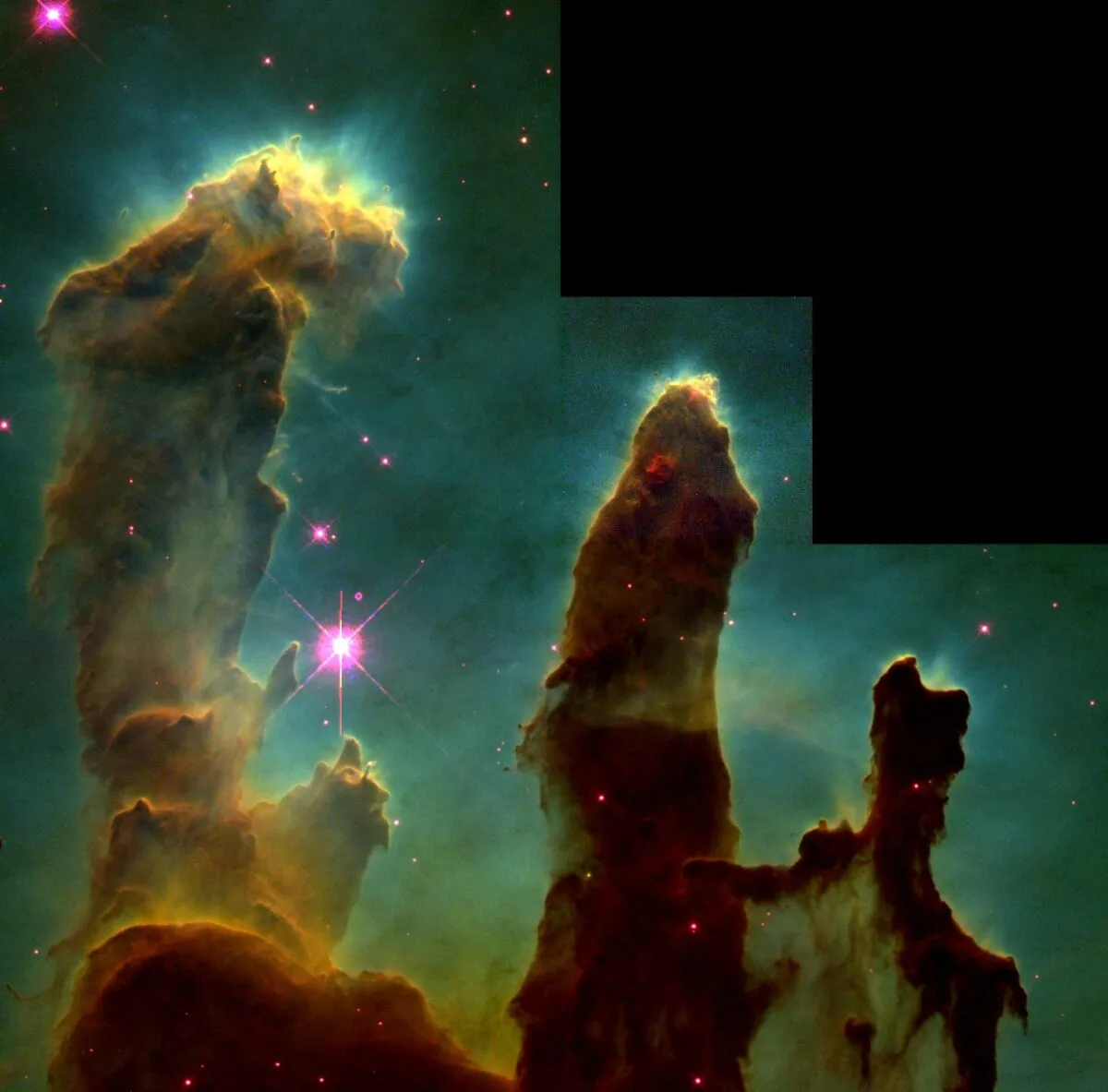Is it really 30 years ago that those of us in the astronomical community watched with eager anticipation the launch of a decades long project, to put the Hubble Space Telescope into orbit?
There it would be above the turbulence and vagaries of our atmosphere and give us unprecedented views of the cosmos.
Read more about Hubble's history:
- Why did astronauts service the Hubble Space Telescope?
- How Hubble changed our view of the Universe
- How Hubble is used to study exoplanets

It's amazing to think of the effect of the Hubble Space Telescope on amateur astronomers.
I do remember wondering at the time of launch whether it would mean the end of amateur enthusiasm for the night sky.
Look at it from this perspective: Hubble would be above the atmosphere and produce images that would surpass anything we could ever hope to achieve, so what would be the point of continuing?

Yet it did the exact opposite, I’m pleased to say. Once the audacious repair mission gave Hubble its new sight the images were awesome, inspiring and, actually, unusual at the time.
Hubble's image of the ‘Pillars of Creation’ in M16 (pictured above) appeared on many newspapers' front pages – unprecedented when normally it’s a space disaster that gets front page coverage.
It brought the wonders of the cosmos to the masses, just at the time that something called the ‘World Wide Web’ was connecting not just professionals but amateurs too via bulletin boards such as StarBase One and Starbase Four.
There I remember first being able to download NASA images and stare at them on my computer screen, gobsmacked at the views.

For me it did something else. I noticed a number of images that bore familiar ‘names’ such as Messier and NGC and so on occasions I tracked down with my own telescopes a few of the NGC objects that Hubble had imaged.
I was amazed that I could find many of them, even though I didn’t see the detail that Hubble could.
I felt an incredible connection with HST, and am still amazed it is still operational after all this time. I hope that connection will continue for a little while yet.

